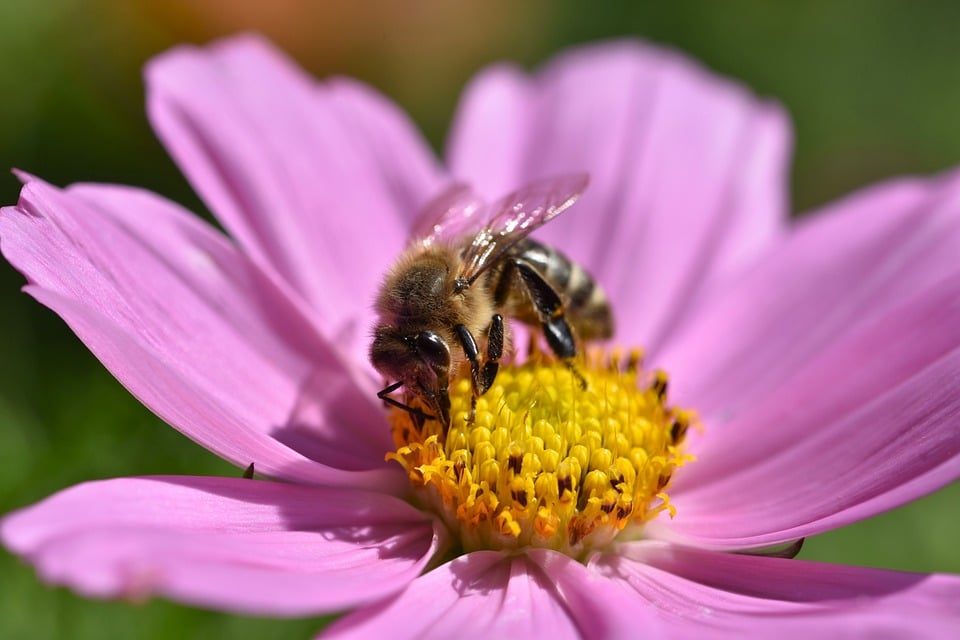[ad_1]
In a world that is becoming increasingly interconnected, the preservation of traditions and customs is more important than ever. These cultural practices form the foundation of our identity and provide a sense of belonging and continuity across generations. In this article, we will delve into the significance of traditions and customs, exploring their historical roots, current manifestations, and future implications on cultural identity.
The Historical Significance of Traditions and Customs
Traditions and customs have been a fundamental part of human societies since the beginning of civilization. They serve as a means of passing down values, beliefs, and rituals from one generation to the next, creating a sense of continuity and connection to our past. In many cultures, traditions are deeply rooted in religious or spiritual beliefs, providing a framework for social interactions and shaping individual identities.
– Traditions often reflect a community’s shared history and experiences.
– Customs vary widely across different cultures, showcasing the diversity of human expression.
– Historical events and geographical influences play a significant role in shaping traditions and customs.
The Current State of Traditions and Customs
In today’s fast-paced and globalized world, traditional practices are facing increasing challenges. The rapid spread of technology and globalization has led to the erosion of some traditional customs, as younger generations are exposed to different cultural influences. However, many communities are actively working to preserve their heritage and revitalize their traditions in the face of these changes.
– Cultural preservation efforts include initiatives to document and revive ancient practices.
– Globalization has led to the fusion of traditions, creating new forms of cultural expression.
– Traditional customs are being adapted to modern contexts to ensure their continued relevance.
The Future of Traditions and Customs
As we look towards the future, it is essential to consider how traditions and customs will continue to shape our cultural identities. While some traditional practices may evolve or fade away, many will endure as a testament to the resilience of human culture. Additionally, new technologies and platforms offer opportunities for cultural exchange and collaboration, enabling traditions to thrive in new and innovative ways.
– The digital age presents new challenges and opportunities for cultural preservation.
– Intergenerational transmission of traditions is crucial for their continued vitality.
– Collaboration between communities and organizations can help safeguard traditional practices for future generations.
Conclusion
In conclusion, traditions and customs are essential components of cultural identity, serving as a link between the past, present, and future. By understanding the historical significance, current state, and future implications of these practices, we can appreciate the rich tapestry of human culture and heritage. As we navigate the complexities of a rapidly changing world, let us embrace and celebrate the unique traditions that make us who we are.
Thank you for joining us on this exploration of traditions and customs. For further reading on this topic, we recommend delving into ethnographic studies, cultural anthropology publications, and community-based initiatives that focus on preserving and promoting traditional practices. Embrace your cultural heritage, and may your traditions continue to enrich and inspire future generations.
[ad_2]
